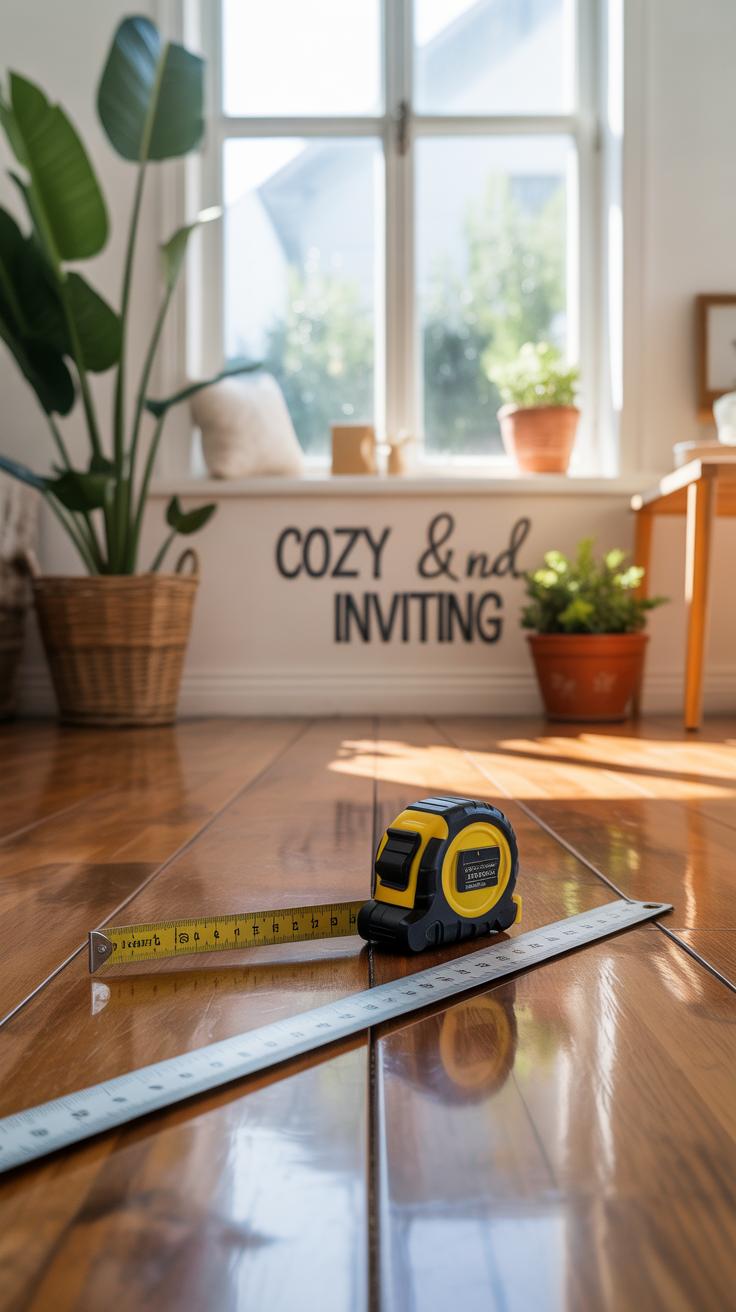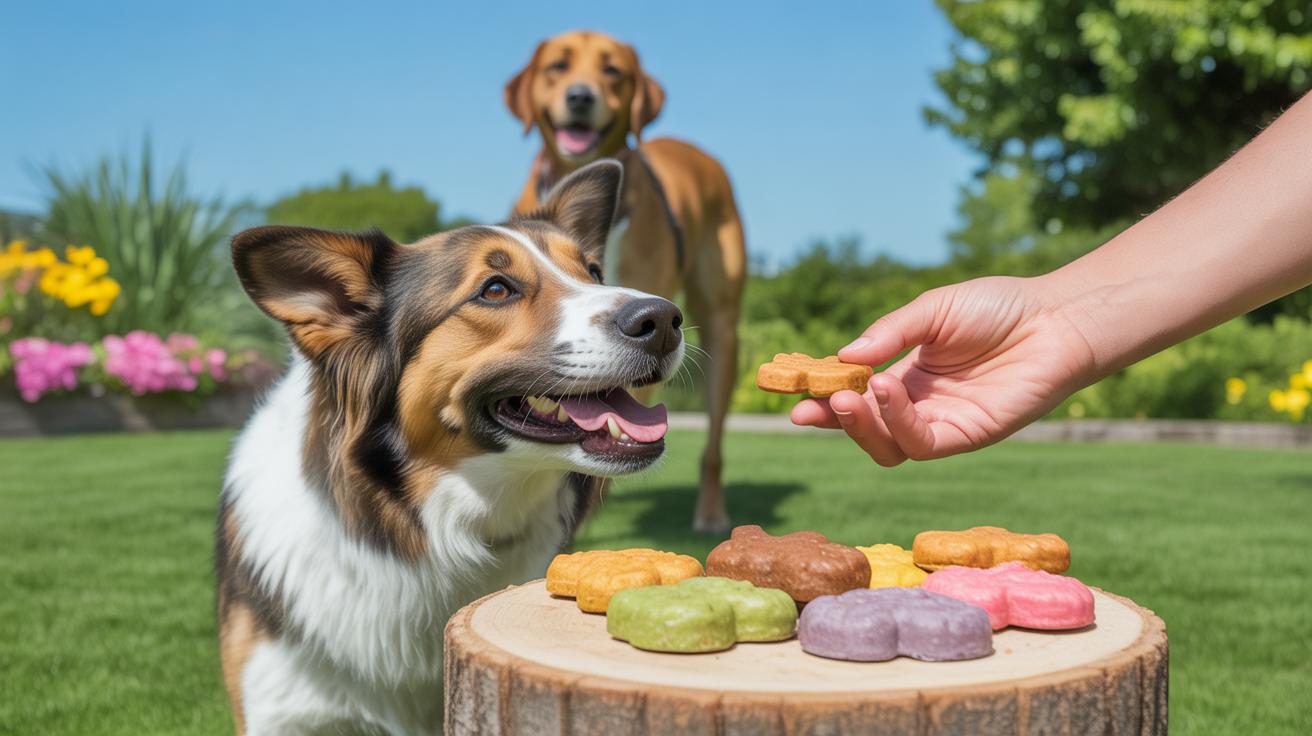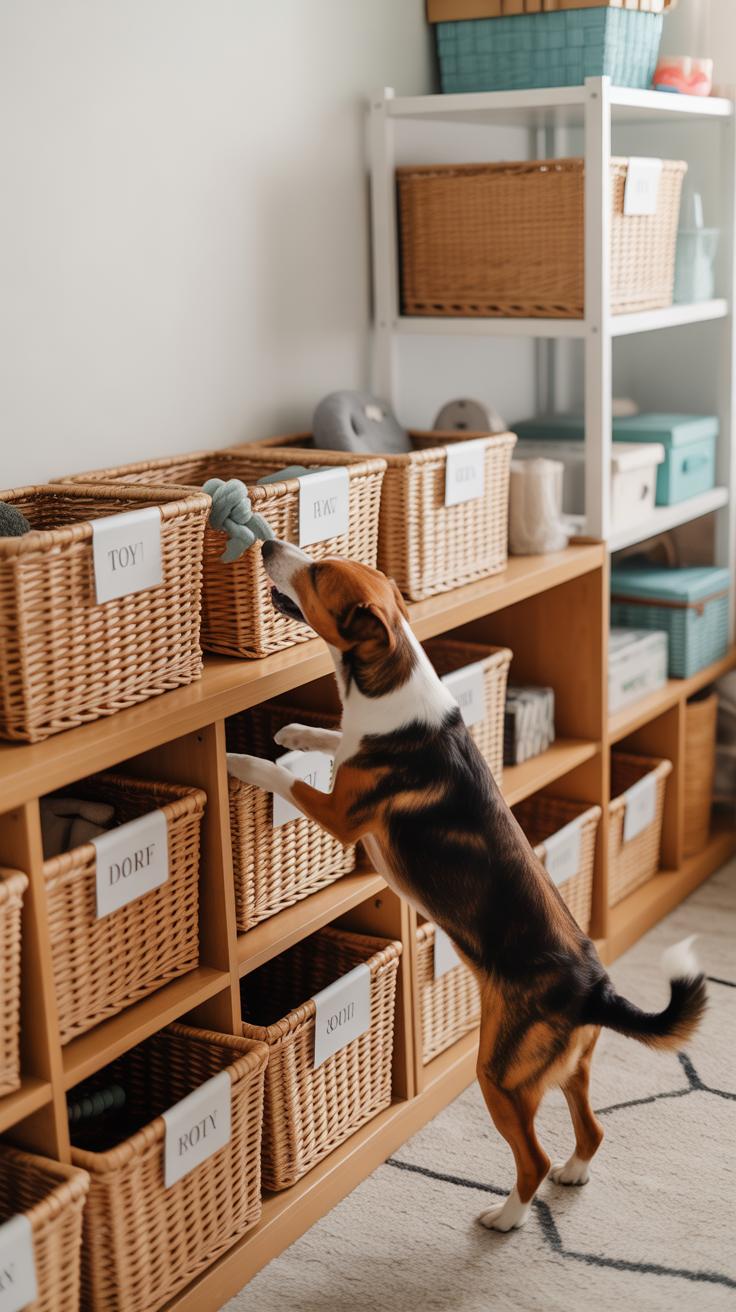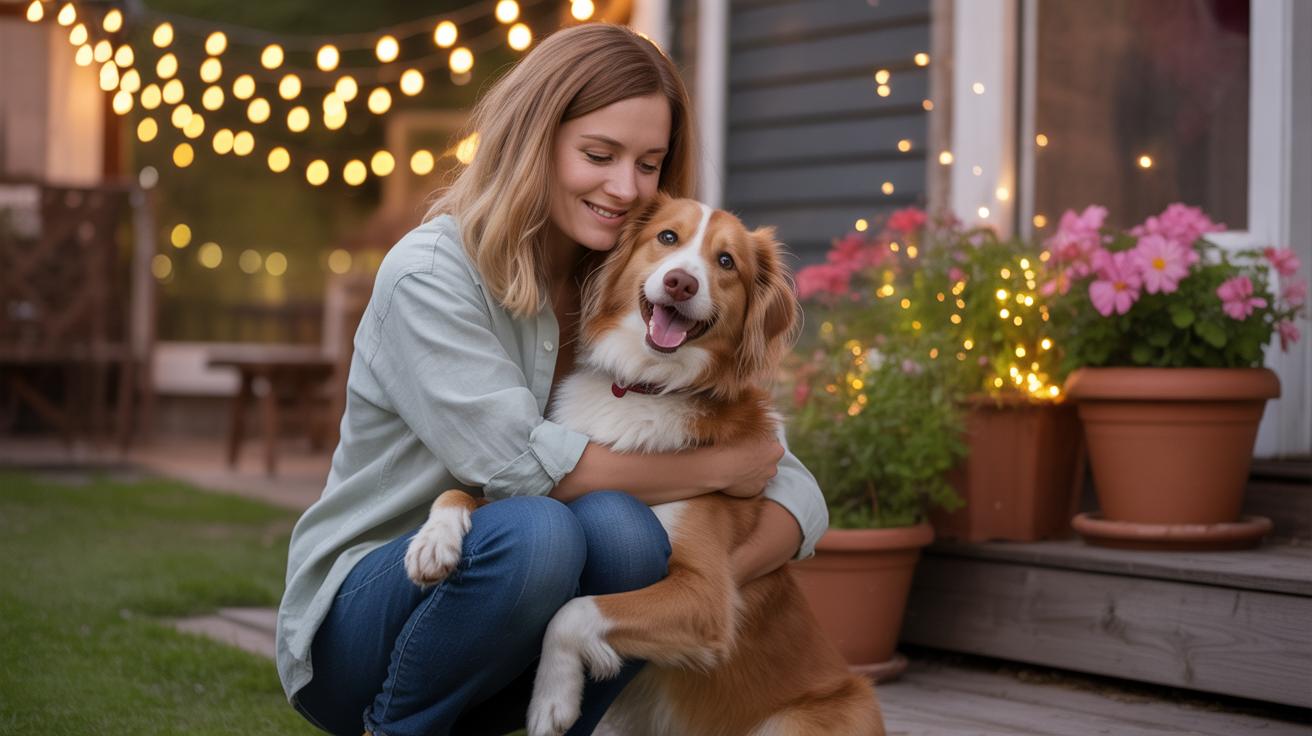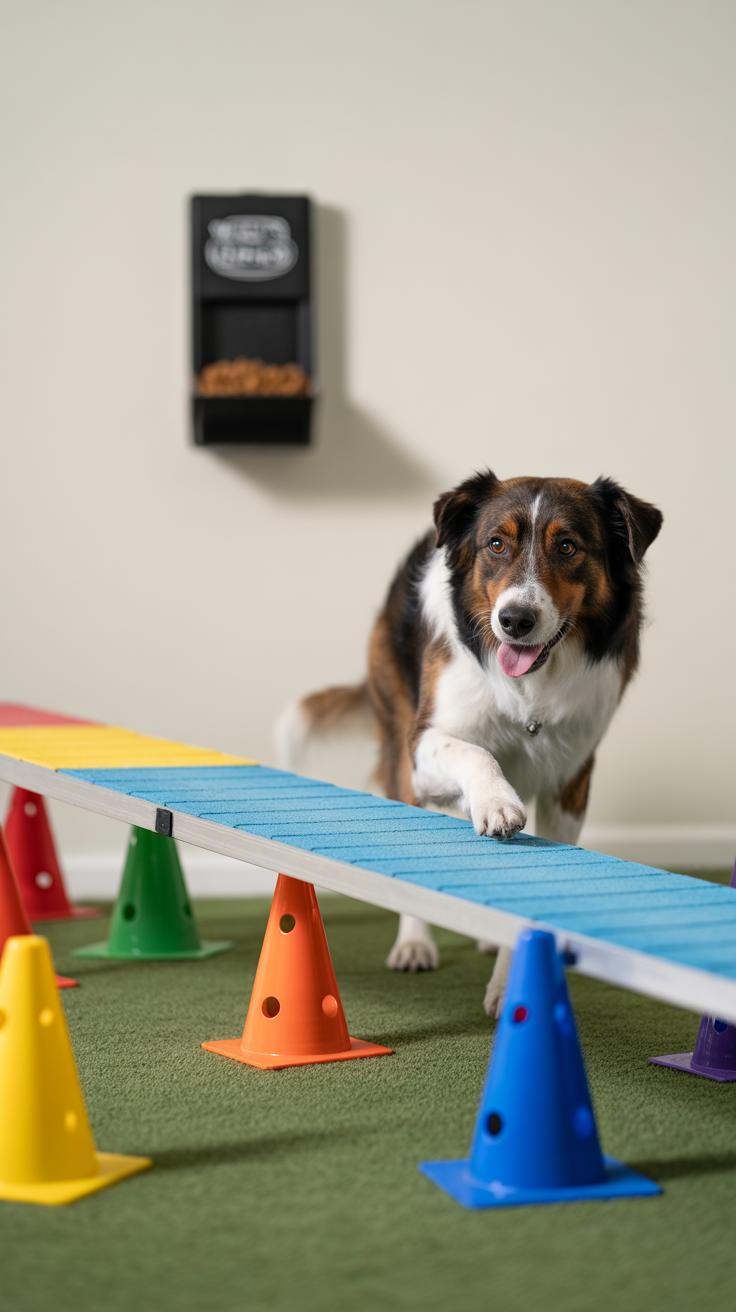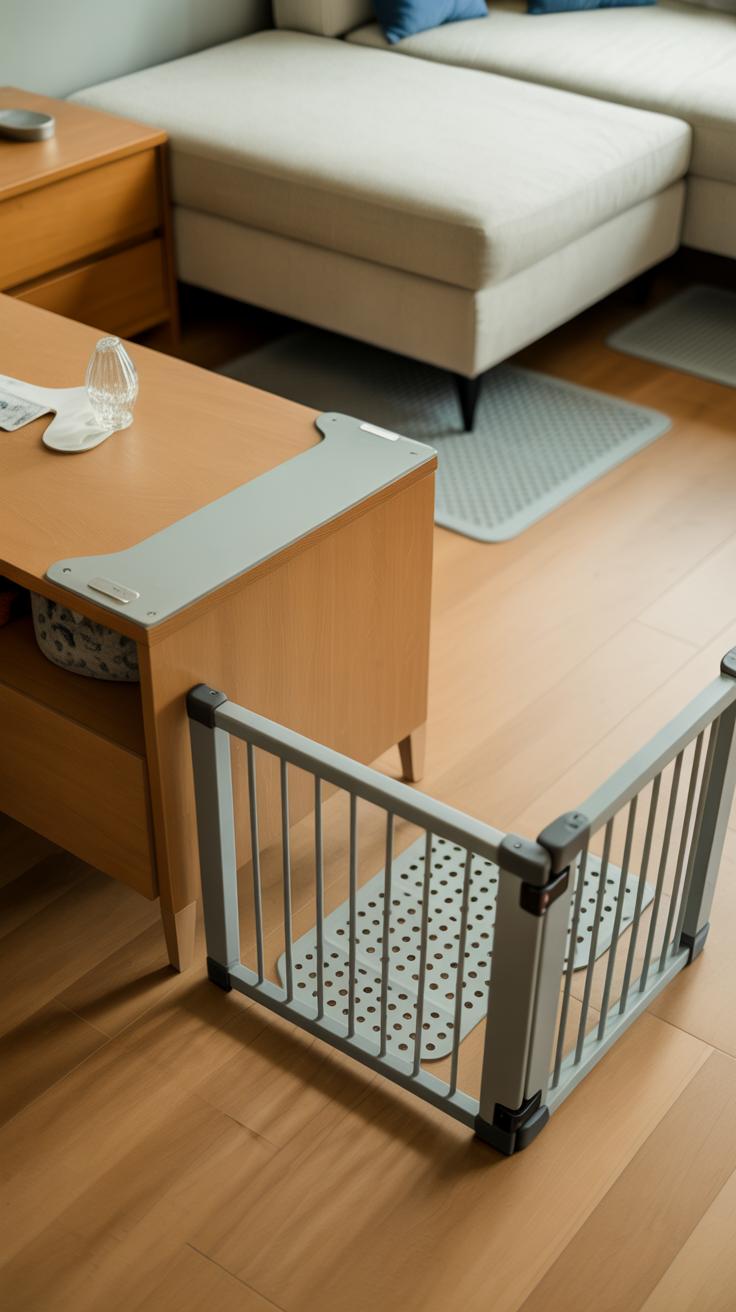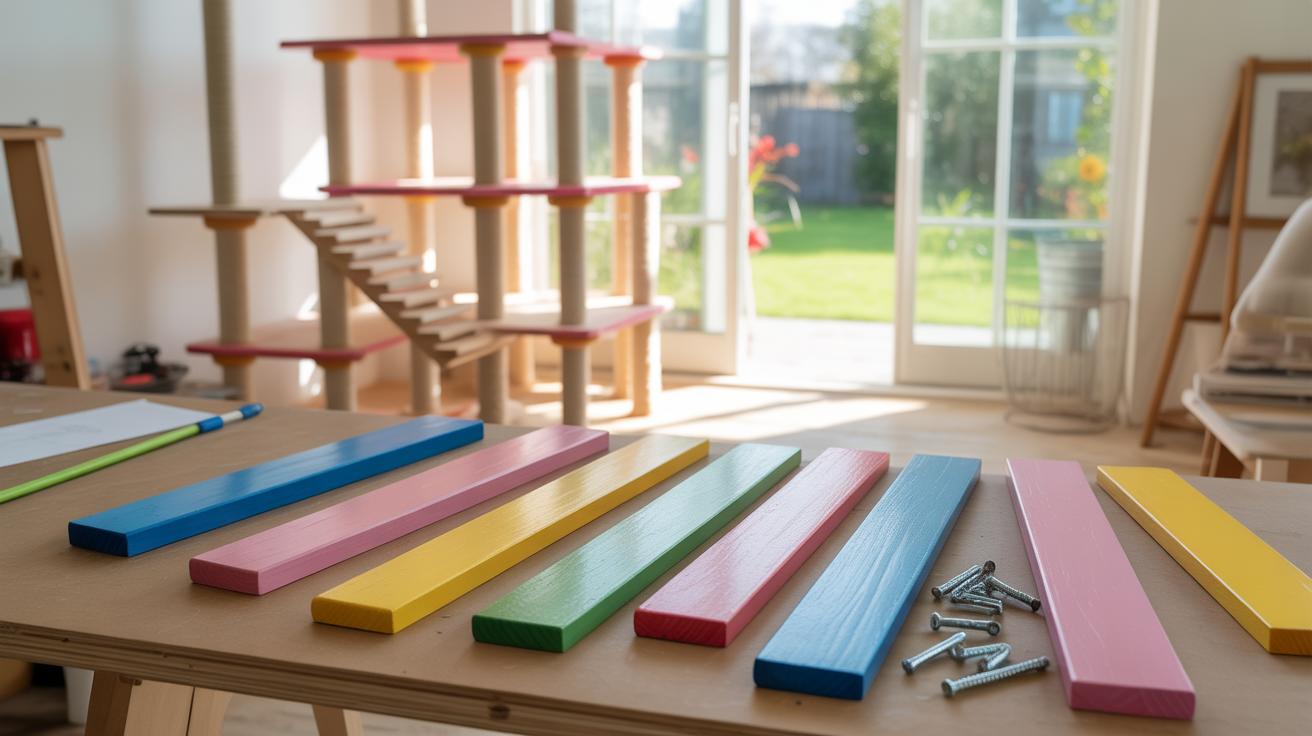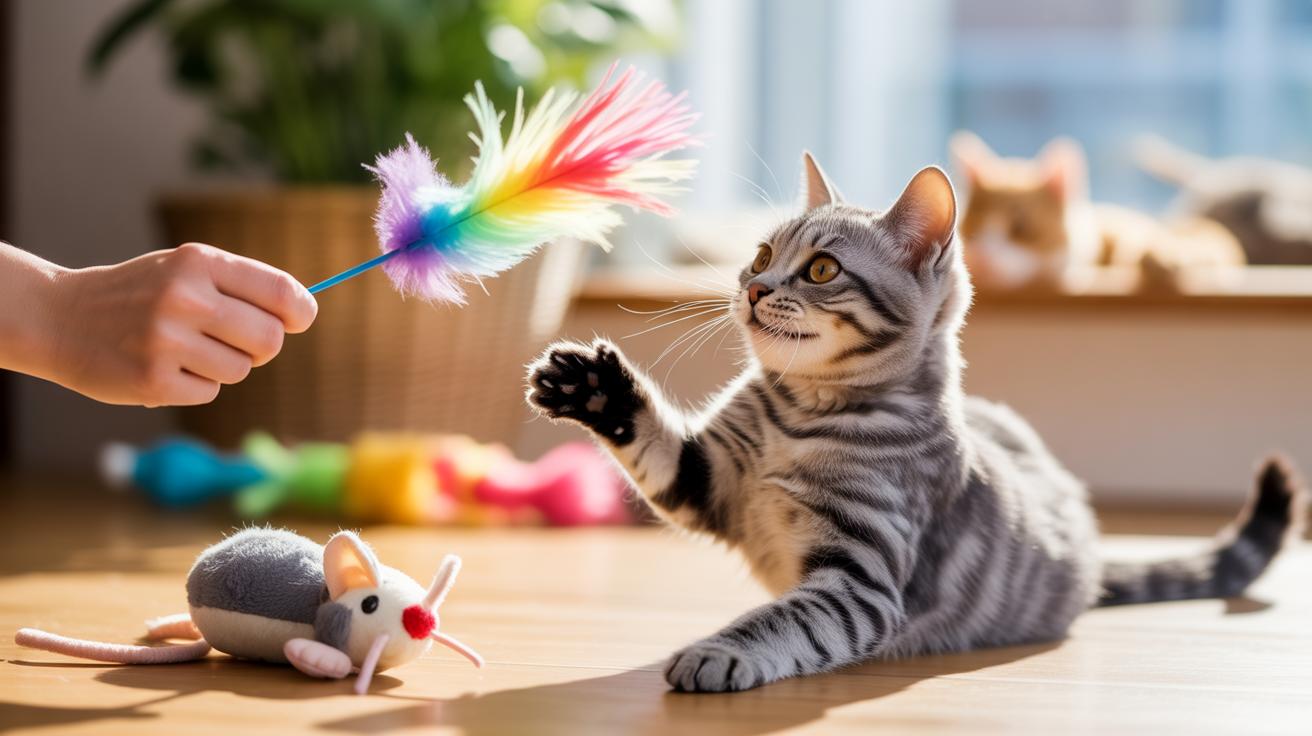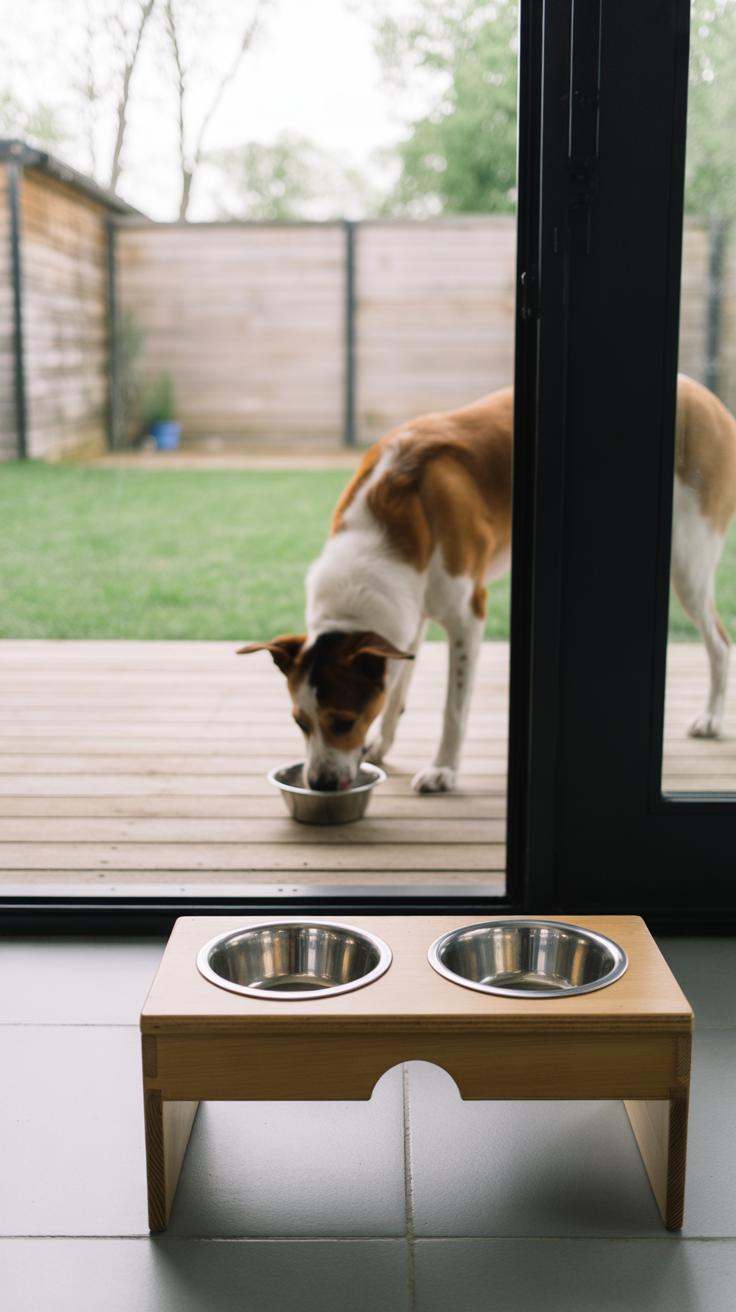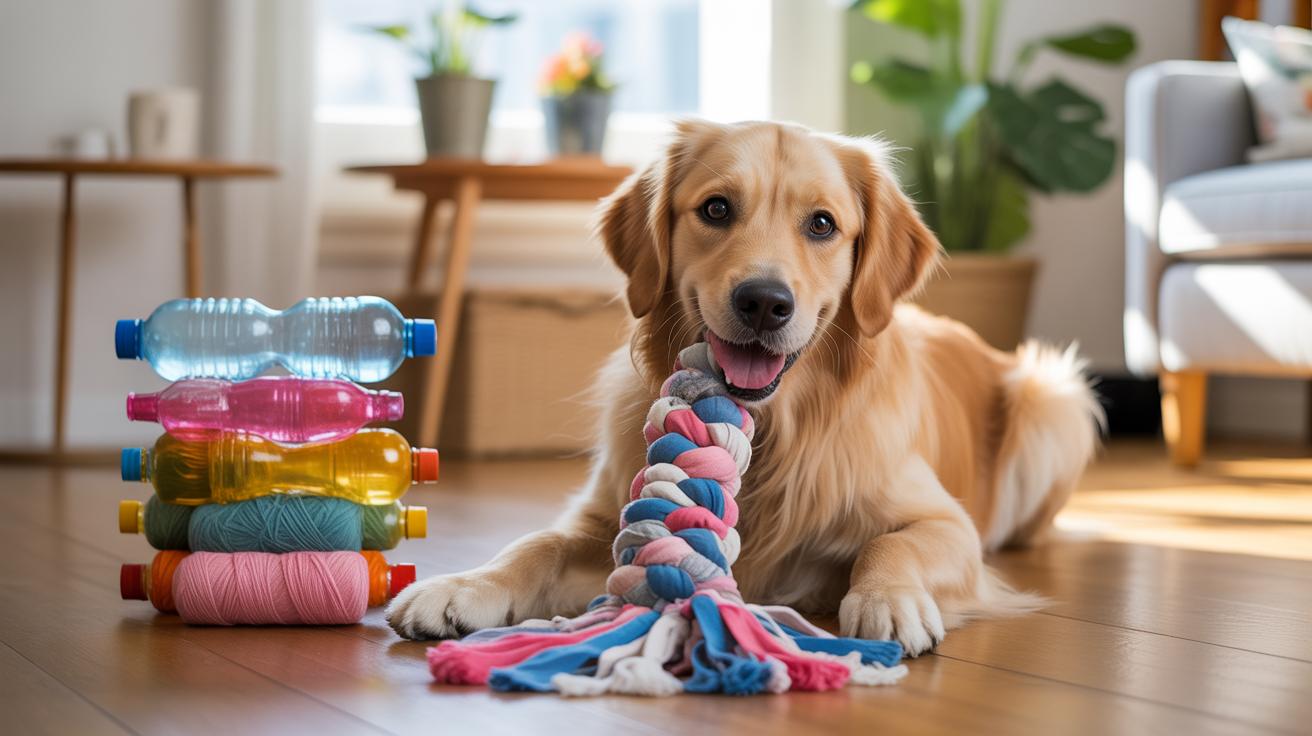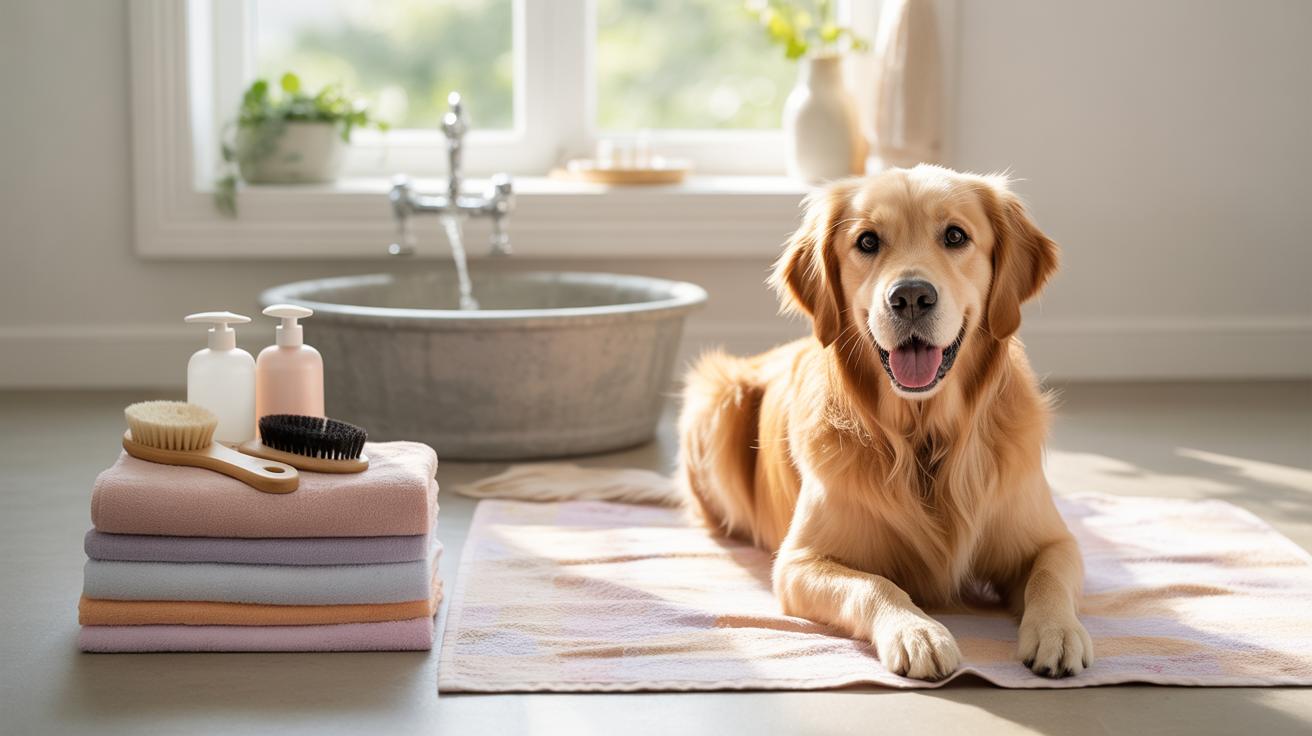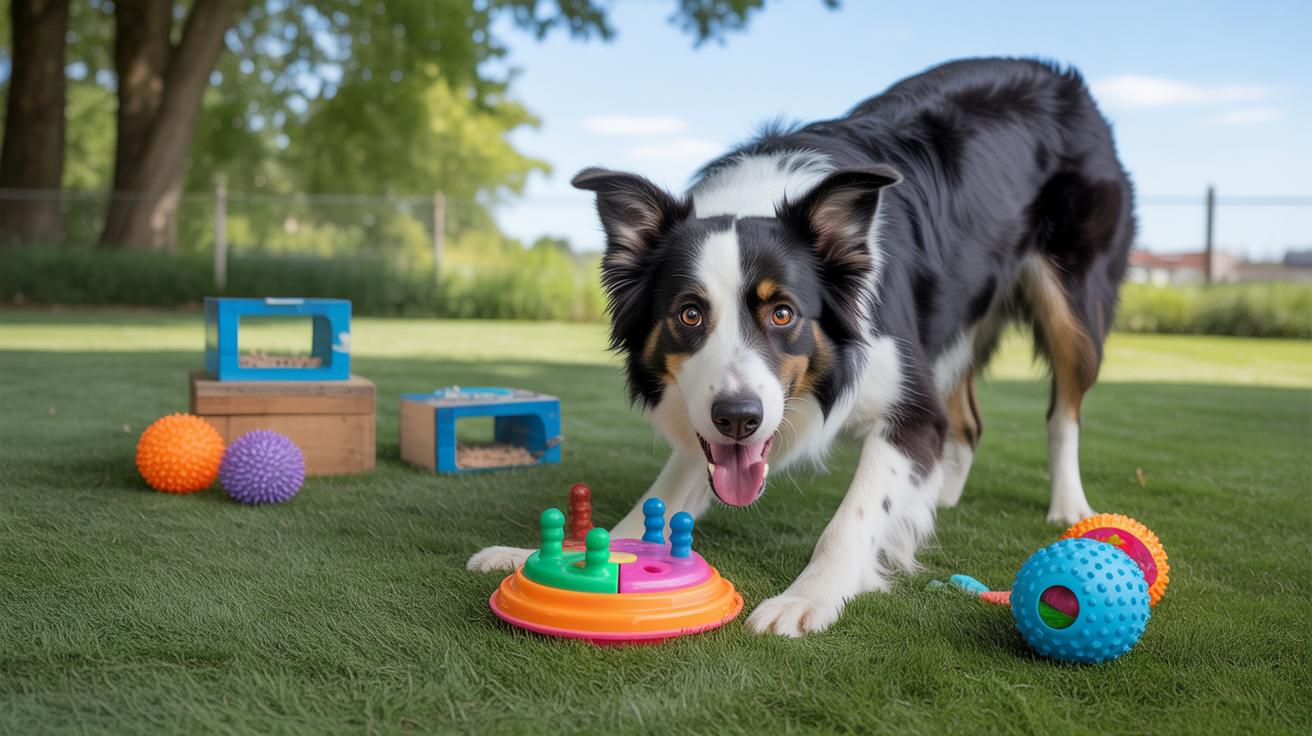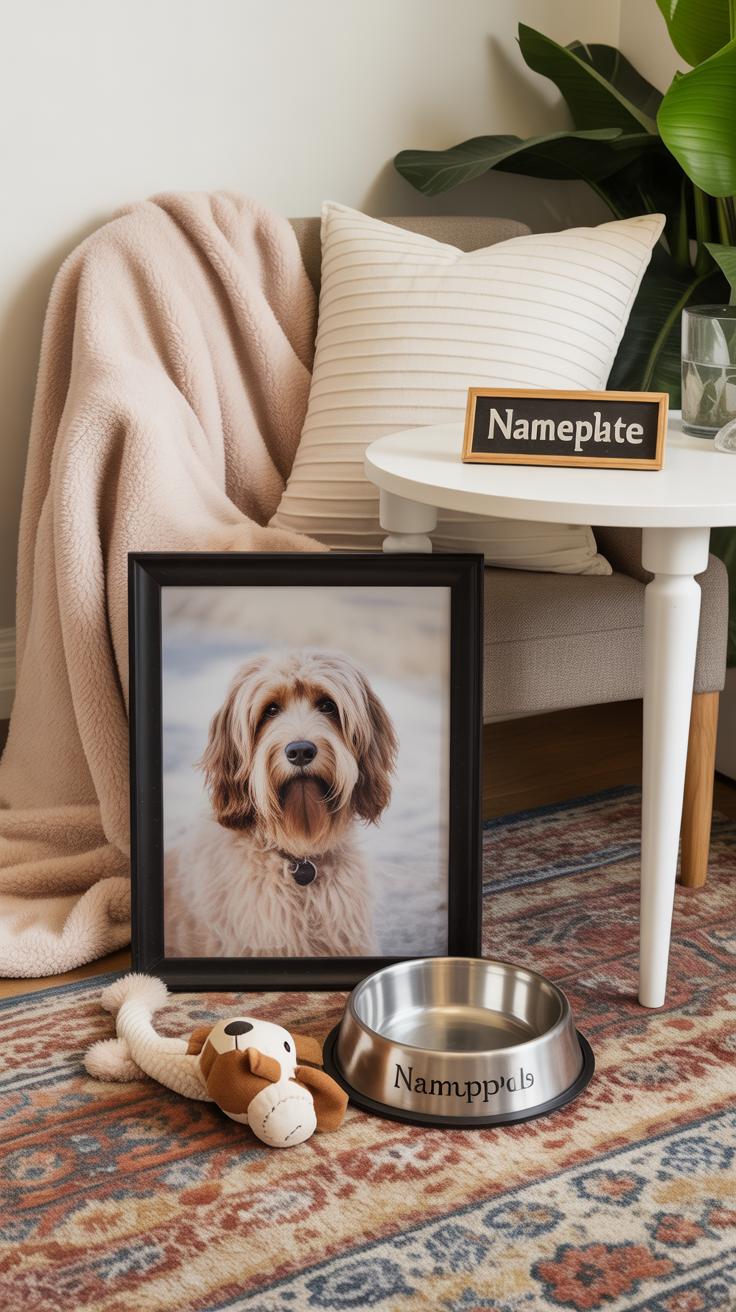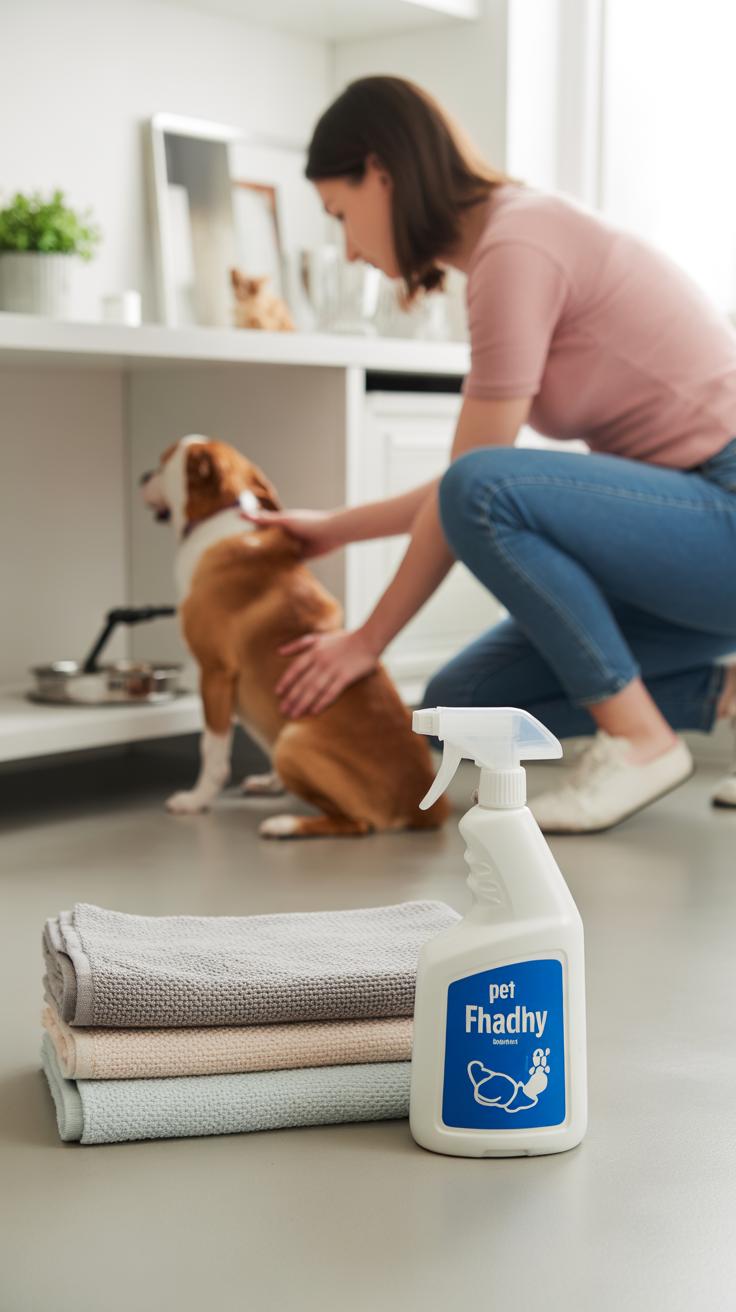Introduction
Designing Cozy Dog Rooms For Comfort And Play is about creating a special space where your dog feels safe, comfortable, and entertained. Dogs have been close companions to humans for thousands of years, and many owners now want to provide a dedicated area in their home that meets their dog’s needs.
This article explores practical ways to design and arrange a dog room. We will look at how to make the space cozy, what features help with comfort, and how to add play elements that keep your dog happy and healthy. If you want to build a room that respects your dog’s natural behaviors and preferences, this guide will offer clear and helpful ideas.
Choosing The Right Location For Your Dog Room
Finding A Quiet And Safe Spot
Your dog’s room should be a retreat, a place where they feel safe and undisturbed. Dogs pick up on chaos more than we realize, so picking a calmer corner of your home can make a big difference. Maybe it’s a seldom-used spare room, or a quiet nook away from the kitchen and main hallways where family traffic is high. I once tried setting up a little space near the living room because it seemed cozy, but the constant foot traffic and noise made my dog restless. It’s worth observing your home’s flow—where do people move the least?
Pick a spot that limits loud noises from TVs, doorbells, or bustling conversations. It doesn’t have to be completely isolated, but think about how your dog would react to interruptions. Is the room near an entrance or busy corridor? If yes, maybe reconsider. Dogs tend to prefer having a sense of security, which often means less noise and fewer surprises.
Considering Temperature And Ventilation
Temperature matters more than you might expect. A room that heats up too much in summer or stays cold in winter can make your dog uncomfortable fast. I noticed my dog would avoid his room during hot afternoons until I found a way to bring in fresh air. Windows that open safely or a subtle fan can help keep the air moving without startling your pet.
Ventilation isn’t just about comfort; it reduces stale air and keeps the space feeling fresh. If the room feels stuffy, that can increase stress or irritability. On the flip side, drafts should be avoided since dogs don’t like uncomfortable chills. Try to find a spot where temperature and airflow balance well, or consider portable solutions like small fans or heaters made for pet-safe environments. Your dog’s room should be pleasant year-round, not just during one season.
Selecting Comfortable Bedding And Flooring
When it comes to making your dog’s room truly cozy, the bedding choice can make a surprising difference. Dogs, especially older ones, often need support that goes beyond just a soft spot. Orthopedic beds are designed to cradle joints, relieving pressure and offering warmth, which many dogs seem to appreciate, especially in cooler months. If your dog isn’t quite so needy on the health front, plush beds still provide a comforting nest, though they might not offer the structure some pups require. Sometimes, I’ve noticed dogs prefer a mix—plush on top but with firm padding underneath. It’s worth trying a couple of options to see what your dog really settles into.
Now, about flooring—this gets overlooked more than it should. You want something that’s easy to clean but won’t cause your dog to slip. Tile or vinyl flooring often works well—they handle spills, fur, and occasional accidents without much fuss. Plus, they won’t hold odors like carpet can. On the other hand, some dogs don’t love cold tile under their paws, so layering a bed or small rug on top might help. You might find yourself balancing between hygiene and comfort here, which can get tricky. In any case, floors that stay hygienic help keep your dog’s environment safe and reduce the time you spend scrubbing.
Adding Storage For Toys And Supplies
When setting up a dedicated dog room, storage often gets overlooked, but it’s actually key to keeping things tidy and making playtime easier. Imagine tossing toys all over the floor—sure, dogs might love the mess, but it quickly becomes frustrating for you. Organized storage keeps the room neat and cuts down on time spent hunting for that favorite ball or grooming brush.
Using toy bins and shelves can help separate items by type or size. For example:
- Low shelves within your dog’s reach for chew toys or balls encourage independent play.
- Stackable bins labeled by toy type make cleanup simple and help you spot missing items.
- A small caddy or basket for grooming supplies keeps brushes and shampoos handy but out of the way.
Choosing the right storage means thinking about safety and durability. Plastic bins with secure lids, wooden crates with smooth edges, or fabric baskets that won’t tip over quickly work well. Stay away from anything with sharp corners or parts that can be chewed off. I once bought a wooden box that had rough edges—my dog was pretty interested in splinters, unfortunately.
Also, consider how the materials hold up to slobber, dirt, and occasional rough handling. Storage isn’t just about looks; it has to last through the daily wear and tear of a playful pup’s world. In the end, keeping things organized isn’t only for your benefit—it actually helps your dog feel more comfortable and ready to enjoy their room.
Incorporating Play Areas And Interactive Elements
Designing a dog room isn’t just about comfort—it’s also about keeping your dog mentally and physically engaged. Setting up a small agility course inside the room can encourage exercise in a confined space. Think about simple obstacles like low jumps, weave poles made from lightweight materials, or tunnels that fold up when not in use. These don’t take up much room but add a lot to your dog’s activity level. I’ve noticed my own dog perk up noticeably when I swap in a new obstacle, even if it’s just a different setup of the same toys.
Puzzle toys make a huge difference for mental stimulation. They challenge dogs to solve problems and unlock treats, which keeps them occupied and slows down fast eaters. Chew toys also play a dual role—not only do they help with dental health, but they can ease boredom. When your dog is happily chewing, they’re less likely to get into trouble out of restlessness. You might wonder if your dog really needs this kind of enrichment, but once you see their focused, satisfied expression, it becomes clear they do.
Try to mix active and interactive elements rather than focusing on just one. Your dog’s energy will vary day by day—sometimes they want to leap through a tunnel, other times they prefer working out a puzzle quietly. The key is to keep the room flexible enough to accommodate both moods.
Ensuring Safety And Dog Friendly Features
When you design a dog room, safety should be at the front of your mind, even if it feels obvious. It’s easy to overlook small things that might turn into hazards for your dog. Think about sharp edges on furniture or exposed electrical cords; dogs tend to chew or get tangled, which can be dangerous. Sometimes, something as simple as loose wires behind shelves can turn into a problem if your pup is curious.
Try to make the room as dog-proof as possible. That might mean securing cords with covers or tucking them out of reach. Use furniture with rounded corners or add soft bumpers where needed—you want your dog to explore without risk. Also, consider the flooring; slippery surfaces can cause injuries, so adding non-slip rugs or mats might help keep your dog steady, especially in an energetic moment.
Removing Hazardous Items And Materials
Common household items that threaten a dog’s space are easier to overlook than you might think. Cleaning supplies, small objects like batteries, or even certain plants can cause harm. For example, many popular houseplants are toxic to dogs, yet they often sit where pets can reach. It’s a tricky balancing act between decor and safety.
To avoid risks, remove items such as:
- Chemicals and cleaning products stored without locks
- Small objects that could be swallowed or choked on
- Sharp tools or breakable items within paw’s reach
- Wires and cords left exposed
- Plants known to be poisonous (like philodendrons or lilies)
It’s tempting to leave these things around or think your dog won’t get to them, but it only takes one curious sniff or nibble. Try to think from your dog’s perspective—what would they investigate first? If you’re unsure, rearranging or removing questionable items can prevent accidents later.
Using Dog Safe Paints And Cleaning Products
Paint and cleaning choices matter more than you might guess. Some paints release fumes or particles harmful to dogs, especially in a smaller, enclosed room. Low-VOC or zero-VOC paints are better picks—they reduce airborne toxins and won’t irritate noses. It might take extra effort to find the right paint, but the air quality pay-off is worth it.
Cleaning products can be sneaky too. Most commercial cleaners are strong and sometimes poisonous if ingested, which is likely if your dog licks the floor or their paws. Instead, opt for products designed with pets in mind or use natural alternatives like vinegar and baking soda. I once found switching to pet-safe sprays made a difference—not just for my dog’s health but also odor control.
Have you checked the labels carefully on everything you use around your dog’s room? It’s a small step but can make a real difference over time, especially if your dog tends to explore with their mouth or paws.
Setting Up Feeding And Watering Stations
Creating a dedicated spot for your dog’s meals helps keep things tidy and comfortable—for both you and your pet. Ideally, the area should be quiet, away from heavy traffic or loud noises, so your dog feels safe while eating. I’ve noticed my dog gets distracted when the space is too busy, so a calm corner often works better.
Consider placing the bowls on a raised platform if your dog is larger or has joint issues; it can ease strain on their neck and improve digestion. On the other hand, small dogs usually prefer bowls closer to the floor—nothing too fancy needed here, really.
Cleanliness is key. Have an easy-to-wipe surface underneath and near the bowls to catch spills. This also stops the area from becoming a magnet for unwanted pests—yeah, they do seem to sniff out crumb spots no matter how careful you are.
Choosing The Right Bowls And Mats
Picking the right bowl style isn’t just about looks. Stainless steel bowls tend to be more durable and hygienic—they resist scratching and don’t hold odors. Ceramic bowls can be attractive, but they chip easily and might harbor bacteria in cracks over time. Plastic bowls are common but can cause allergic reactions for some dogs—plus, they wear down faster.
Mats below bowls save a lot of cleanup hassle. Look for ones that are waterproof and easy to wipe down. Some have raised edges, which help contain spills. Personally, I’ve tried silicone mats and found them practical—they’re flexible, light, and dry quickly. Cloth mats feel softer but can get soggy fast and need frequent washing.
Keeping Food Fresh And Accessible
Storing dog food close to the feeding area can be convenient, but it demands some thought. Air-tight containers work best—they lock out moisture and keep pests away. I keep my dog’s kibble in one with a secure seal, which makes scooping easy and helps maintain freshness.
Plastic bins with lids are common, but glass or metal containers don’t hold odors as much. If space allows, placing the food storage a few steps away from the bowls may prevent accidental spills or curious nosing.
Think about how often you feed your pet too. If you go for multiple small meals a day, smaller containers or portioned bags might reduce how quickly the food goes stale. It’s a bit of trial and error finding what fits your routine best, but your dog will thank you for the fresh meals.
Lighting And Ambience For A Relaxing Mood
Maximizing Natural Light
Natural light can be surprisingly comforting for dogs. They seem to appreciate warm sunlight spots to curl up in, almost like we do. When setting up your dog’s room, try to place their resting area near windows where they can soak in daylight. South-facing windows often offer plenty of light, but east or west-facing ones work well too, depending on your home’s layout. If full sun feels too harsh or heats the room too much, filtered light through sheer curtains can create a gentle glow that’s easier on their eyes.
Watching how your dog moves around during the day might give clues about where they prefer to relax. Maybe they follow the sunbeam across the floor or seek out a shaded nook when it’s too bright. So—don’t hesitate to experiment with different spots. You might find that a place bathed in morning light feels cozier, or that a corner shaded in afternoon rays offers quiet calm. It’s about tuning into their little habits as much as fitting the room to the architecture.
Choosing Soft Artificial Lighting
Even with sunlight, you’ll need some artificial lighting to make the space inviting when it’s dark or gloomy outside. Soft, warm light signals rest and relaxation to dogs, just like to us. Lamps with dimmer switches are great since you can adjust brightness levels during different times. Think about using salt lamps, low-wattage bulbs, or even small nightlights that don’t glare but provide a comforting glow.
Lamp placement matters too. A floor lamp beside your dog’s bed can create a cozy ambiance without flooding the room in bright light. For larger rooms, scattered table lamps with soft shades help avoid harsh overhead spots. You might wonder if colored bulbs make a difference. Some owners find amber or soft yellow tones soothe their pets better than blue or white light. It’s worth trying to see how your dog reacts—like people, dogs may have their own light preferences.
Ultimately, the goal is a space that feels safe and calming, whatever the hour. Lighting is a low-key way to help your dog settle down after playtime or meals. If the room feels too stark or sterile, a shift to gentler lights can make it more of their retreat, and less just another corner of the house.
Incorporating Personal Touches And Comfort Items
When setting up a cozy dog room, bringing in your dog’s favorite things makes a big difference. Think about the blankets or toys they always gravitate toward. These familiar items anchor your dog in a space that feels safe and inviting. It’s almost like giving them a part of their world within the room.
Favorite blankets, for example, carry your dog’s scent and memories. They can provide warmth and comfort on a quiet afternoon or after a long walk. Toys have a similar effect—their presence invites play but also signals that this is a place where your dog can relax when tired.
Have you noticed how some dogs become uneasy in new spaces? In those moments, a cherished toy or blanket can help settle them down. It’s subtle but powerful.
Adding calming scents, like lavender, can also make the room feel calmer. Dogs experience smells deeply, and gentle aromas might help reduce anxiety. Of course, not every dog reacts the same way, so observe how your pet responds.
Soft background sounds, like classical music or white noise, can add another layer of calm. Some dogs seem soothed by gentle rhythms, possibly drowning out sudden noises that might startle them.
Try different combinations and see what your dog prefers. Sometimes, the best personal touch is simply paying attention to what makes your dog feel most at ease in their own cozy corner.
Maintaining Cleanliness And Hygiene
Keeping your dog’s room clean doesn’t have to be a chore that weighs on you or stresses your pet. Setting up a simple daily routine can really help keep things manageable. A quick sweep of the floor—especially if your dog sheds or tracks dirt in—makes a noticeable difference. Wiping down food and water bowls every day prevents buildup and lingering smells that no one enjoys. Even a small effort like fluffing their bedding or shaking out a blanket can refresh the space.
Daily Cleaning Routines
Try to include these easy, quick tasks in your daily checklist:
- Brush or sweep around the dog’s favorite spots to catch hair and debris.
- Wash food and water bowls with warm, soapy water or in the dishwasher if they’re dishwasher-safe.
- Spot-clean any accidents or muddy paw prints before they settle in.
- Airing out the room by opening a window or door for a few minutes if possible.
- Fluff and rotate bedding to avoid clumps or trapped odors.
These little tasks don’t take long but keep the room feeling fresh and comfortable for your dog. Plus, it makes the deeper cleaning days less daunting.
Deep Cleaning And Odor Control
Once every couple of weeks—or whenever it feels necessary—a thorough clean helps prevent stubborn odors and buildup. Vacuum or sweep out all hair and dirt, paying attention to corners where grime gathers. Washing bedding in hot water kills bacteria and removes smells more effectively. For odor control, using natural solutions like baking soda sprinkled on carpets or dog beds for 15 minutes before vacuuming can help. Sometimes, rotating toys or soft items out for washing keeps scents at bay.
Air circulation really matters, too. Maybe you don’t always think of it, but opening windows—even when it’s just for ten minutes—can lighten the atmosphere. And if your dog has a favorite spot that seems to hold smells more, consider steam cleaning or spot treatments there. It might feel overwhelming at first, but tackling the room step-by-step soon becomes second nature.
Conclusions
Making a cozy dog room takes attention to your dog’s comfort and activity needs. By focusing on a warm bed, safe space, and easy-to-clean setup, you give your dog a relaxing place to rest. Including toys and play areas helps your dog stay active and mentally stimulated.
Your dog’s room can improve their wellbeing and deepen your bond. As you plan and build the space, consider what your dog enjoys. Small changes can make a big difference in their happiness. Designing a dog room is rewarding and shows your care in a tangible way.


